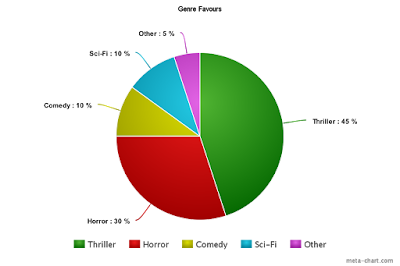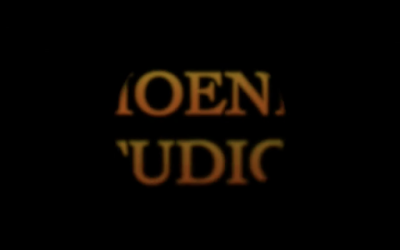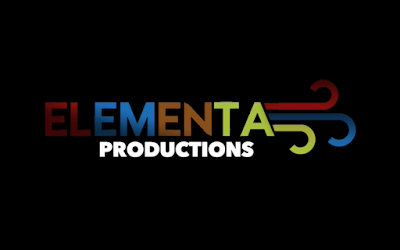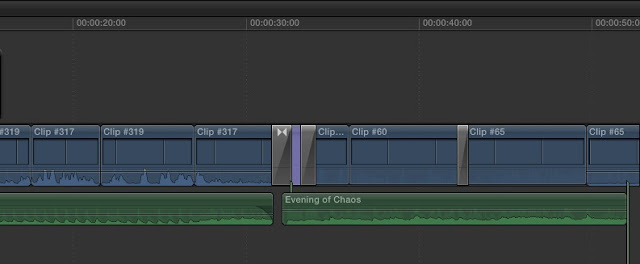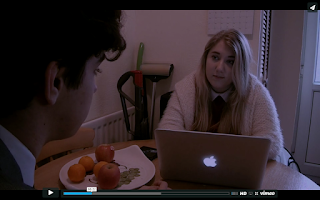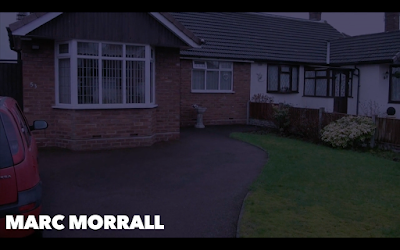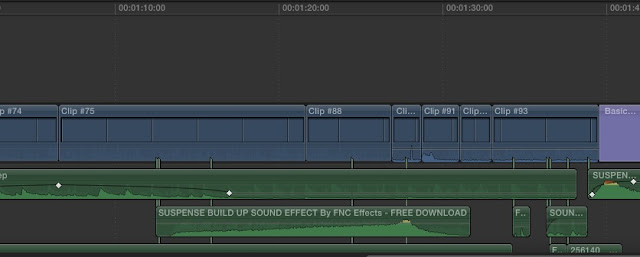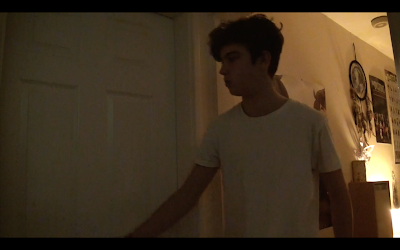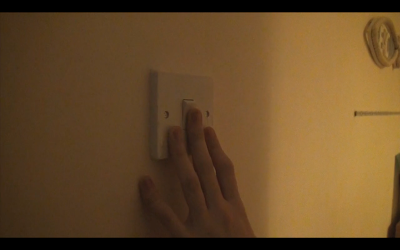Welcome back! Today, I will be answering Evaluation Question #7!
Evaluation Question #7: Looking at your Preliminary Task what do you feel that you have learnt in the progression from it to the full product?
So I will be showing you technical aspects to the final product compared to the preliminary task. I have created two keyframes in which display problems that we encountered in the preliminary task and how those technical aspects have changed in the final product.
KEYFRAME ANALYSIS
Prelim #1: This is a match on action in which I placed into the keyframe because of a slight development. The preliminary Task match on actions were completely fine however we developed this skill by being more accurate with our match on actions in the full product.
Prelim #2 & Somnium #1: These two clips show development of the 180 degree rule. In which we broke in the preliminary task which you can see in Prelim #2. Somnium #1 shows how we have developed our use of the 180 degree rule by which we didn't break in Somnium. Furthermore, we can also suggest that our development in shot / reverse shots have developed by with in Prelim #2 we changed angle to the person who is speaking at the time and reversed each time for the conversation. Somnium #1 developed this because we added variety to the shot / reverse shot by showing the other persons face when one person was talking. This was to add variety to the shot rather than it being a game of tennis.
Prelim #3 Shows our establishing shot in the preliminary task. We have developed our establishing shot over time in our full product to have a tilt to which we set the location of the film. Compared to Prelim #3, It adds a more diverse entry to the location rather than a stationary establishing shot in which we used for Prelim #3.
Lastly, Prelim #4 shows a continuity error in the preliminary task. This was added to the keyframe because there was no continuity errors within our full product. This suggests that we have improved our awareness of continuity errors both in filming and editing. Furthermore, we can suggest that our improvement of awareness of continuity errors has improved the full product massively compared to the audience satisfaction, meaning that if continuity errors were present within the film then the audience has a chance to see them therefore comments about said errors might have came up in the audience feedback. This shows that our improvement in this technical aspect of the film ultimately has had an effect on the audience.
COMPARING THE PRELIMINARY TASK & PLANNING TO SOMNIUM'S RESEARCH
So in this section I will be talking about all the planning aspects of Somnium in which was not used in the preliminary task and how that effected the films outcome:
Evaluation Question #7: Looking at your Preliminary Task what do you feel that you have learnt in the progression from it to the full product?
So I will be showing you technical aspects to the final product compared to the preliminary task. I have created two keyframes in which display problems that we encountered in the preliminary task and how those technical aspects have changed in the final product.
KEYFRAME ANALYSIS
Prelim #1: This is a match on action in which I placed into the keyframe because of a slight development. The preliminary Task match on actions were completely fine however we developed this skill by being more accurate with our match on actions in the full product.
Prelim #2 & Somnium #1: These two clips show development of the 180 degree rule. In which we broke in the preliminary task which you can see in Prelim #2. Somnium #1 shows how we have developed our use of the 180 degree rule by which we didn't break in Somnium. Furthermore, we can also suggest that our development in shot / reverse shots have developed by with in Prelim #2 we changed angle to the person who is speaking at the time and reversed each time for the conversation. Somnium #1 developed this because we added variety to the shot / reverse shot by showing the other persons face when one person was talking. This was to add variety to the shot rather than it being a game of tennis.
Prelim #3 Shows our establishing shot in the preliminary task. We have developed our establishing shot over time in our full product to have a tilt to which we set the location of the film. Compared to Prelim #3, It adds a more diverse entry to the location rather than a stationary establishing shot in which we used for Prelim #3.
Lastly, Prelim #4 shows a continuity error in the preliminary task. This was added to the keyframe because there was no continuity errors within our full product. This suggests that we have improved our awareness of continuity errors both in filming and editing. Furthermore, we can suggest that our improvement of awareness of continuity errors has improved the full product massively compared to the audience satisfaction, meaning that if continuity errors were present within the film then the audience has a chance to see them therefore comments about said errors might have came up in the audience feedback. This shows that our improvement in this technical aspect of the film ultimately has had an effect on the audience.
COMPARING THE PRELIMINARY TASK & PLANNING TO SOMNIUM'S RESEARCH
So in this section I will be talking about all the planning aspects of Somnium in which was not used in the preliminary task and how that effected the films outcome:
- Film Treatment: The film treatment gave us a storyline of the film in which enabled us to visualise the story as a film before conducting more technical research just before filming the product.
- Scripts: The script was baron as well as the preliminary task however, using CeltX, we was able to create a more industry standard script in which helped our planning compared to the preliminary task in which we did not make any script.
- Storyboard: Storyboard's helped us plan exactly how the shots were going to be taken in terms of length, angle and distance. Furthermore, It also allowed us to visualise transitions which were not thought of until the point of creating a storyboard. Again, no storyboard was created during the preliminary task so there was no visualisation as to what the task was going to look like before hand.
- Animatic: An animatic allowed us to utilise and visualise transitions and soundtrack possibilities for the first time in which was important to us as at this point in the planning. We obviously did not create an animatic for the preliminary task in which did not allow us to visualise the product before hand.
ADVANTAGES / DISADVANTAGES OF WORKING IN A TEAM
Next time: Time to say Goodbye! Other songs are available...

